Worlds Best Champagne
Champagne is considered the premier of sparkling wine. Sparkling wine production is attributed to the Benedictine Monks of the Abbey of Saint-Hilaire in the south of France. The Benedictine monks developed the process known as the ‘methods champernoise’ which is somewhat complicated and results in the significantly high price for the bubbly champagne. Dom Perignon initially witnessed this and took this process to northern France, the Champagne region, to produce the finest sparkling beverage in the world, the worlds best Champagne.
Developing an Exceptional Beverage
Where did Champagne originate
All authentic Champagne wine comes from the Champagne region of France. The laws of France and the international community specify for a sparkling wine to be called Champagne, it must be grown and made in this region. Any other bubbly made outside of this region is a sparkling wine.
Many people think the first French sparkling wines were made in Champagne, but that distinction goes to the region of Limoux France by the Benedictine Monks were the first at the abbey in Saint Hilaire. But, it was the monk Dom Pierre Perignon in Champagne, who created the demand for these sparkling wines by marketing them as a distinctive luxury beverage. Perignon’s famous quote about tasting Champagne: “Come quickly, brothers, I am drinking stars.”

The Worlds Best Champagne
The great Champagnes comes in many different styles and sweetness levels, so you’ll want to find a Champagne that appeals to your palate The choices include Blanc de Blancs made from 100% Chardonnay; brut rosé, often a blend of purple and white grapes; and rich-tasting Blanc de Noirs made from purple grapes. You can also find Champagnes with different levels of sweetness ranging from bone dry brut nature, which is great for people following a keto diet to popular brut Champagne, to demi-sec dessert styles, such as Moet Champagne Nectar Imperial.

The Champagne Process
Fine champagne starts as a customary fermentation process of a blend of usually Pinot Noir, Chardonnay, and Pinot Meunier—and it develops bubbles during a process called ‘Methode Champenoise’ or the Champagne method.
- 1. The Champagne grapes are picked earlier than for still wines because the winemaker wants fruit that has higher acidity and less sugar.
- 2. The white grapes like Chardonnay and Pinot Gris, as well as purple grapes Pinot Noir and Pinot Meunier, are gently pressed to extract the juice. The skins are thrown away.
- 3. Next, each type of juice as Pinot Noir, Chardonnay is fermented separately to create a base wine. The juice goes in a big tank or wood barrel, and yeast is added to start fermentation. This step is called the PRIMARY FERMENTATION.
- 4. Once the fermentation is finished, the winemaker tastes each type of wine. Then they create a blend of those wines, plus some older wines from previous harvests, so the final assembled blend fits the flavor profile. This step is called ASSEMBLAGE.
- 5. The blend is bottled, and each bottle is topped off with a mixture of wine, sugar, and yeast, called the liqueur d’expedition. Finally, the bottle is sealed. As the yeast eats the sugar, it creates alcohol and CO2 gas bubbles, which are trapped inside the wine. This second fermentation inside a bottle is what makes this wine made under the METHODE CHAMPENOISE or CHAMPAGNE METHOD. The yeast cells in the bottle give the wine aromas and flavors of bread crust, toast, and nuts.
- 6. After the wine has aged long enough, the bottles are carefully turned and tilted downward, so the yeast settles in the neck of the bottle.
- 7. Once the yeast has settled at the top of the bottle, the neck of each bottle is frozen and then opened quickly to remove the yeast, in a process called DISGORGEMENT.
- 8. The Champagne is topped off with a mix of little more wine and sugar called the DOSSAGE (or just wine in a dry brut nature Champagne) to round out the flavors and give the wine the desired level of sweetness.
- 9. Then each bottle is sealed with a mushroom cork and a metal cage. It’s age.d for a short time to allow the wine to overcome the shock of bottling, and then it’s sent out for sale.
Champagne is expensive
French Champagne is of the highest quality, and it has to be made in a very specific area under particular conditions. Therefore, French Champagne is more expensive than other styles of wine because of the quality and long and labor-intensive process used to make it. In addition to the detailed process of grape selection, even the least expensive Champagnes have aged a minimum of 15 months, and vintage Champagnes are aged as much as three or five years.

Champagne or Sparkling wine….Levels of Sweetness:
Extra Brut
Extra Brut: This is the driest of the sparkling wine where essentially all the sugar is metabolized by the yeast giving a very dry wine.
 Freixenet Extra Dry Brut
Freixenet Extra Dry Brut
Brut
Brut: This wine is dry, but with a light taste of sweetness and is the most popular of the sparkling wines. Champagne is the most common sparkling wine to be labeled Brut.
 Mumm Napa Brut Rose
Mumm Napa Brut Rose
Extra Dry
Extra Dry: This a dry sparkling wine with some slight sweetness. It is not as dry as Brut of Extra Brut. Prosecco is most often consider Extra Dry.
 Verdi Spumante Extra Dry Champagne/Sparkling
Verdi Spumante Extra Dry Champagne/Sparkling
Demi-sec
Demi-sec: This is the sweetest of the sparkling wine. Demi-sec is often served with dessert as a sweet compliment to the luscious fair.
 Schramsberg Cremant Demi-Sec Champagne/ Sparkling
Schramsberg Cremant Demi-Sec Champagne/ Sparkling
Please sign up for our email list below to get the latest information on our latest product descriptions, upcoming sales and special offers. We have some of the best offers in the business so please keep updated and have all questions answered in our COMMONWEALTH NEWS
Check out some great selections of the Worlds Best Champagne from our vast collection or go to our main site for a complete selection of the Worlds Best Champagne as well as all our fine beverages.
 II Conte Stella Rosa Imp Brach Brut Champagne/Sparkling
II Conte Stella Rosa Imp Brach Brut Champagne/Sparkling
 Villa Sandi II Fresco Prosecco Champagne/Sparkling
Villa Sandi II Fresco Prosecco Champagne/Sparkling
 Mionetto II Prosecco Brut Champagne/Sparkling
Mionetto II Prosecco Brut Champagne/Sparkling
 Verdi Peach Sparkletini
Verdi Peach Sparkletini
 Maschio Prosecco Brut Champagne/Sparkling
Maschio Prosecco Brut Champagne/Sparkling
 Heidsieck Monopole Blue Top Brut
Heidsieck Monopole Blue Top Brut
 Borgo Magredo Prosecco
Borgo Magredo Prosecco
 Toad Hollow Risque Sparkling Brut
Toad Hollow Risque Sparkling Brut
 Toad Hollow Amplexus Brut
Toad Hollow Amplexus Brut
 Tedschi Maui Sparkling Pineapple Champagne / Sparkling
Tedschi Maui Sparkling Pineapple Champagne / Sparkling
 Bouvet Brut Signature
Bouvet Brut Signature
 Verdi Spumante Extra Champagne/Sparkling
Verdi Spumante Extra Champagne/Sparkling
 Mirabelle By Schramsberg Brut Rose Champagne / Sparkling
Mirabelle By Schramsberg Brut Rose Champagne / Sparkling
 Korbel Moscato
Korbel Moscato
 Bouvet Rose Excellence
Bouvet Rose Excellence
 Korbel Rouge Sparkling Red Wine
Korbel Rouge Sparkling Red Wine
 Gruit Brut
Gruit Brut
 Andre Pink Moscato
Andre Pink Moscato
 Cooks Sprmante
Cooks Sprmante
 Bocelli Prosecco
Bocelli Prosecco
 Pasqua Prosecco
Pasqua Prosecco
 Philipponnat Brut Champagne
Philipponnat Brut Champagne
 Segura Viudas
Segura Viudas
 Cook’s Sparkling Sweet Red
Cook’s Sparkling Sweet Red
 Louis De Sacy Brut Grand Cru
Louis De Sacy Brut Grand Cru
 Le Grand Courtage Blan De Blanc Brut
Le Grand Courtage Blan De Blanc Brut
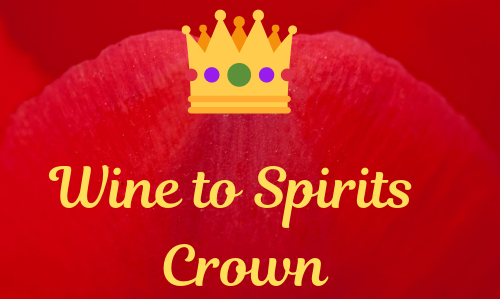
 Bieler Rose Sabine
Bieler Rose Sabine Miraval Cotes de Provence Rose
Miraval Cotes de Provence Rose Sofia Rose
Sofia Rose Chandon Etoile Rose
Chandon Etoile Rose White Girl Rose
White Girl Rose Balletto Rose of Pinot Noir
Balletto Rose of Pinot Noir Pedroncelli Dry Rose
Pedroncelli Dry Rose Jean-luc Colombo cape Bleue Rose
Jean-luc Colombo cape Bleue Rose Lancers Rose
Lancers Rose Banfi Centine Rose
Banfi Centine Rose Dear Rose Cotes de Provence
Dear Rose Cotes de Provence Whispering Angle Caves D’ Esclans Rose
Whispering Angle Caves D’ Esclans Rose Charles & Charles Rose
Charles & Charles Rose Fetzer Valley Oaks White Zinfandel Rose
Fetzer Valley Oaks White Zinfandel Rose Parallele 45 Rose
Parallele 45 Rose Domaines Ott Rose
Domaines Ott Rose Sutter Home Fre White Zinfandel Rose
Sutter Home Fre White Zinfandel Rose Sables d’Azur Rose
Sables d’Azur Rose Robert Hall rose du robles
Robert Hall rose du robles La Vieille Ferme Rose
La Vieille Ferme Rose Stella Rosa Imperiale Moscato Rose
Stella Rosa Imperiale Moscato Rose Schramsberg Brut Rose
Schramsberg Brut Rose Veuve Clicquot Rose Champagne Rose
Veuve Clicquot Rose Champagne Rose Laurent Perrier Rose Champagne Rose
Laurent Perrier Rose Champagne Rose J Vineyards Brut Rose Brut Champagne/Sparkling
J Vineyards Brut Rose Brut Champagne/Sparkling Love Noir Pinot Noir
Love Noir Pinot Noir Butterfield Station Cabernet Sauvignon
Butterfield Station Cabernet Sauvignon Chateau Mezain Bordeaux
Chateau Mezain Bordeaux Robert Mondavi Private Selection Merlot
Robert Mondavi Private Selection Merlot Smoking Loon Syrah
Smoking Loon Syrah Crane Lake Malbec
Crane Lake Malbec Campo Viejo Rioja
Campo Viejo Rioja Meiomi Pinot Noir
Meiomi Pinot Noir Stella Rosa Black Dark Red Blend
Stella Rosa Black Dark Red Blend Avalon Cabernet Sauvignon
Avalon Cabernet Sauvignon Coppola Director’s Cabernet Sauvignon
Coppola Director’s Cabernet Sauvignon Menage a Trois California Red Blend
Menage a Trois California Red Blend Stella Rosa Red Wine
Stella Rosa Red Wine Bogle Old Vine Zinfandel
Bogle Old Vine Zinfandel Coppola Ivory Label Cabernet Sauvignon
Coppola Ivory Label Cabernet Sauvignon La Crema Sonoma Pinot Noir
La Crema Sonoma Pinot Noir Dry Creek Cabernet Sauvignon
Dry Creek Cabernet Sauvignon Leese Fitch Cabernet Sauvignon
Leese Fitch Cabernet Sauvignon Leese Fitch Pinot Noir
Leese Fitch Pinot Noir Stags’ Leap Artemis Cabernet Sauvignon
Stags’ Leap Artemis Cabernet Sauvignon Clos Du Bois Cabernet Sauvignon
Clos Du Bois Cabernet Sauvignon J. Lohr Cabernet Sauvignon
J. Lohr Cabernet Sauvignon Coppola Blue Label Merlot
Coppola Blue Label Merlot Flowers Sonoma Coast Pinot Noir
Flowers Sonoma Coast Pinot Noir Mcmanis Pinot Noir
Mcmanis Pinot Noir Columbia Crest Two Vines Cabernet Sauvignon
Columbia Crest Two Vines Cabernet Sauvignon J Lohr Valdiguie Wildflower
J Lohr Valdiguie Wildflower Robert Mondavi Napa Valley Merlot
Robert Mondavi Napa Valley Merlot Finca El Origen Reserva Malbec
Finca El Origen Reserva Malbec McManis Petite Sirah Petite Sirah
McManis Petite Sirah Petite Sirah McManis Syrah Syrah/Shiraz
McManis Syrah Syrah/Shiraz Fat Bastard Pinot Noir
Fat Bastard Pinot Noir Hess Select Treo Red Blend
Hess Select Treo Red Blend McManis Pinot Grigio
McManis Pinot Grigio Chateau Ste Michelle Gewurztraminer
Chateau Ste Michelle Gewurztraminer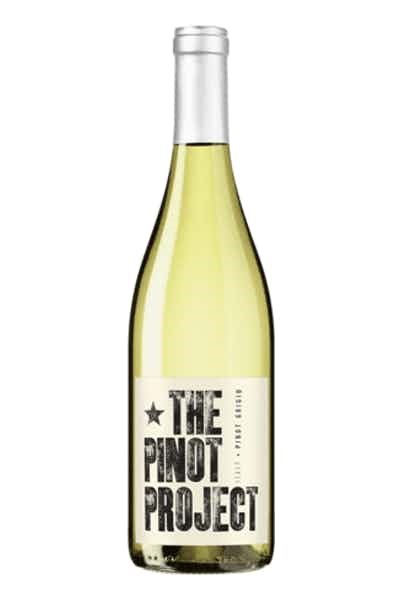 Bontera Chardonnay
Bontera Chardonnay McManis Viognier 1
McManis Viognier 1 Starborough Sauvignon Blanc
Starborough Sauvignon Blanc Kung Fu Girl Riesling
Kung Fu Girl Riesling Mirassou Moscato
Mirassou Moscato Justin Sauvignon Blanc
Justin Sauvignon Blanc Whitehaven Sauvignon Blanc
Whitehaven Sauvignon Blanc Columbia Crest Riesling
Columbia Crest Riesling Dry Creek Vyd Dry Chenin Blanc
Dry Creek Vyd Dry Chenin Blanc Sonoma-Cutrer Chardonnay
Sonoma-Cutrer Chardonnay Banfi San Angelo Pinot Grigio
Banfi San Angelo Pinot Grigio Kendall-Jackson Riesling
Kendall-Jackson Riesling Sofia Riesling
Sofia Riesling Stella Rosa Imperiale Orange Muscat
Stella Rosa Imperiale Orange Muscat Robert Mondavi Riesling Private Selection
Robert Mondavi Riesling Private Selection Robert Mondavi Moscato d’Oro Desert Wine
Robert Mondavi Moscato d’Oro Desert Wine Kendall-Jackson Grand Reserve Chardonnay
Kendall-Jackson Grand Reserve Chardonnay Bonterra Sauvignon Blanc
Bonterra Sauvignon Blanc Pacific Rim Sweet Riesling
Pacific Rim Sweet Riesling Beringer White Zinfandel
Beringer White Zinfandel Sutter Home White Zinfandel
Sutter Home White Zinfandel Terlato Pinot Grigio
Terlato Pinot Grigio Hogue Riesling
Hogue Riesling Clos Du Bois Sauvignon Blanc
Clos Du Bois Sauvignon Blanc Chateau Ste. Michelle Chardonnay
Chateau Ste. Michelle Chardonnay Louis Latour Pouilly-Fuisse
Louis Latour Pouilly-Fuisse Bartenura Moscato
Bartenura Moscato
 Remy Pannier Vouvray
Remy Pannier Vouvray Shatter Grenache
Shatter Grenache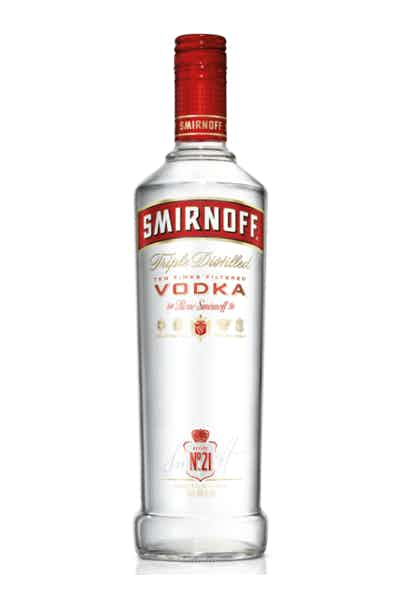
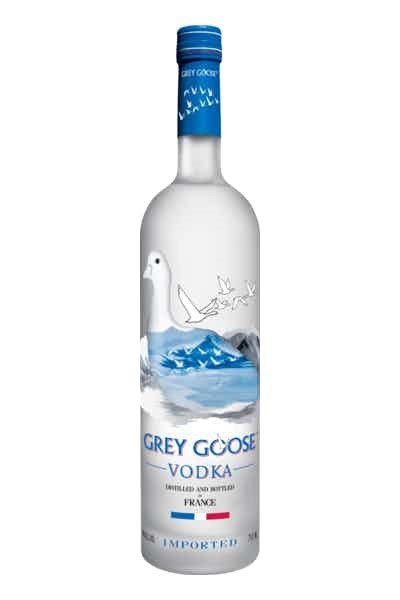
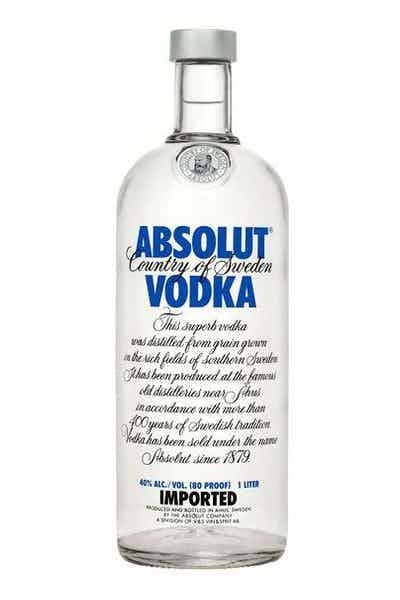
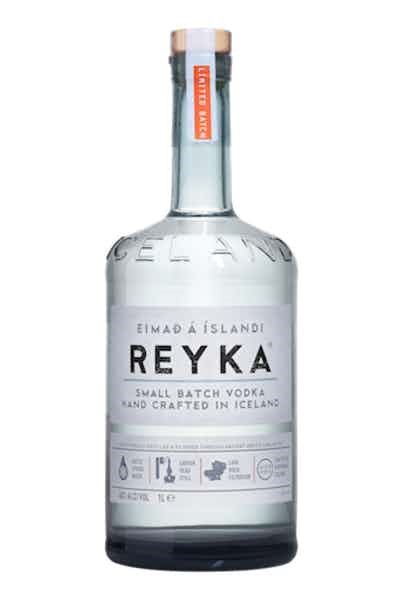

 Nat Kidder Navy Strength Vodka
Nat Kidder Navy Strength Vodka Born and Bred American Craft Vodka
Born and Bred American Craft Vodka Sky California Vodka
Sky California Vodka  Ketel One Dutch Vodka
Ketel One Dutch Vodka New Amsterdam American Made Vodka
New Amsterdam American Made Vodka  Ciroc Premium Vodka
Ciroc Premium Vodka  Russian Standard Premium Vodka
Russian Standard Premium Vodka Stolichnaya Russian Vodka
Stolichnaya Russian Vodka  Ultimat Polish Vodka
Ultimat Polish Vodka Zubrowka Zu Bison Grass Vodka
Zubrowka Zu Bison Grass Vodka Hophead Hop Vodka
Hophead Hop Vodka  Grey Goose Cherry Noir Vodka
Grey Goose Cherry Noir Vodka Smirnoff Sorbet Pineapple Coconut
Smirnoff Sorbet Pineapple Coconut Zyr Russian Vodka
Zyr Russian Vodka Smirnoff Watermelon Flavored Vodka
Smirnoff Watermelon Flavored Vodka Blue Ice American Potato
Blue Ice American Potato  Ciroc 10 Vodka
Ciroc 10 Vodka Chambord Vodka
Chambord Vodka Skyy Raspberry Flavored Vodka
Skyy Raspberry Flavored Vodka Absolute Oak Barrel Crafted Vodka
Absolute Oak Barrel Crafted Vodka Belvedere Citrus Vodka
Belvedere Citrus Vodka Effen Green Apple Flavored Vodka
Effen Green Apple Flavored Vodka 44 North Huckleberry Potato Vodka
44 North Huckleberry Potato Vodka Pravda Vodka
Pravda Vodka Tanqueray Sterling Vodka 750ml
Tanqueray Sterling Vodka 750ml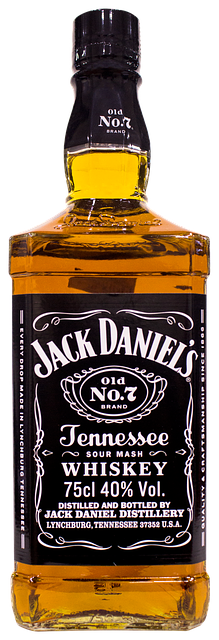 Jack Daniels Black Label Old No. 7 Tennessee Whiskey
Jack Daniels Black Label Old No. 7 Tennessee Whiskey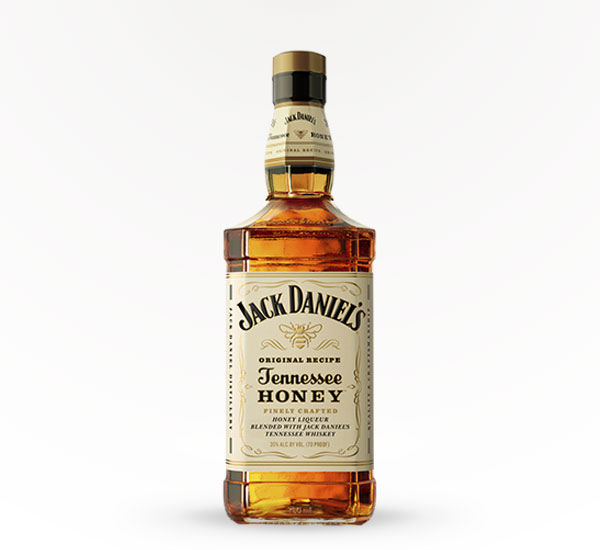 Jack Daniels Honey Tennessee Whiskey
Jack Daniels Honey Tennessee Whiskey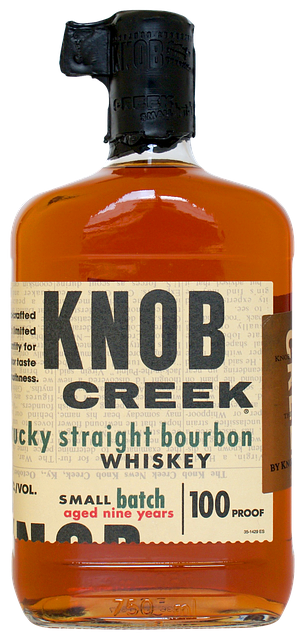 Knob Creek Single Barrel Bourbon Whiskey
Knob Creek Single Barrel Bourbon Whiskey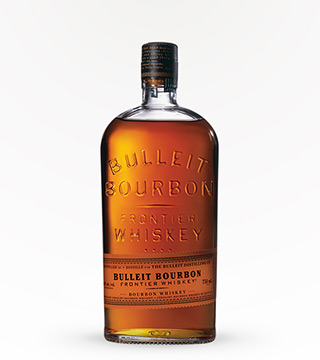 Bulleit Bourbon Frontier Whiskey
Bulleit Bourbon Frontier Whiskey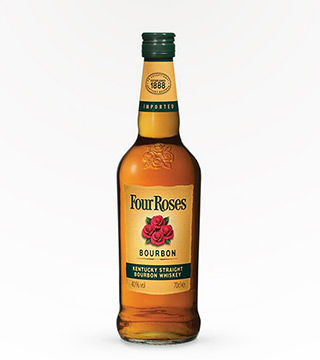 Four Roses Bourbon Whiskey
Four Roses Bourbon Whiskey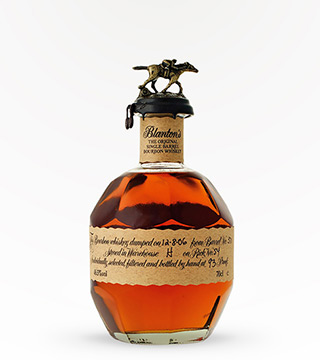 Blanton’s Single Barrel Bourbon
Blanton’s Single Barrel Bourbon Elijah Craig Small Batch Bourbon
Elijah Craig Small Batch Bourbon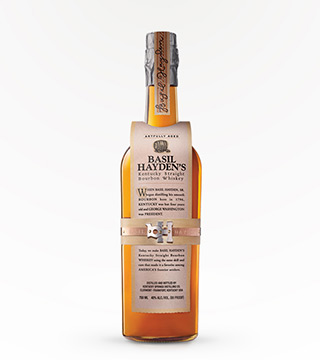 Basil Hayden’s Straight Bourbon
Basil Hayden’s Straight Bourbon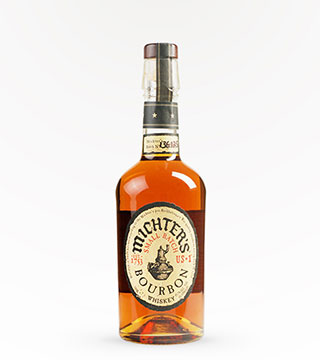 Michters 10 Year Old Blended Bourbon
Michters 10 Year Old Blended Bourbon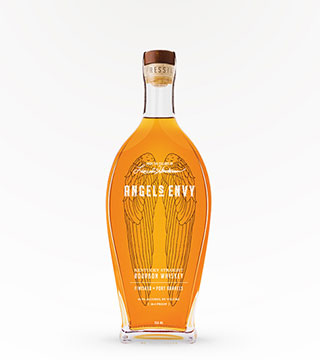 Angel’s Envy Kentucky Straight Bourbon
Angel’s Envy Kentucky Straight Bourbon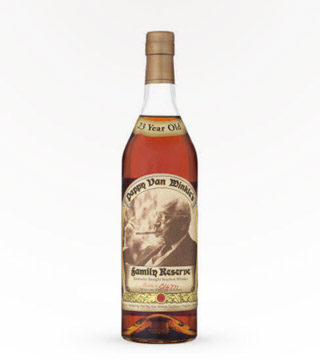 Pappy Van Winkle Family Reserve 23, 23 year old Bourbon
Pappy Van Winkle Family Reserve 23, 23 year old Bourbon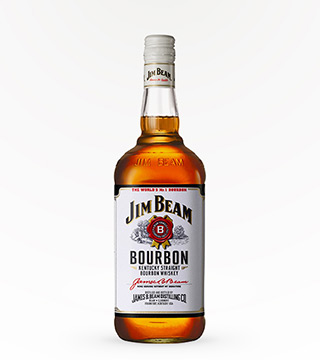 Jim Beam Bourbon Whiskey
Jim Beam Bourbon Whiskey Jefferson’s Reserve Bourbon
Jefferson’s Reserve Bourbon Eagle Rare 17 year Blended Bourbon
Eagle Rare 17 year Blended Bourbon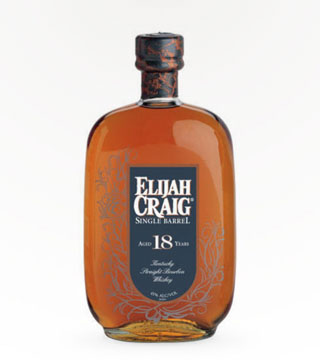 Elijah Craig 18 Year Bourbon
Elijah Craig 18 Year Bourbon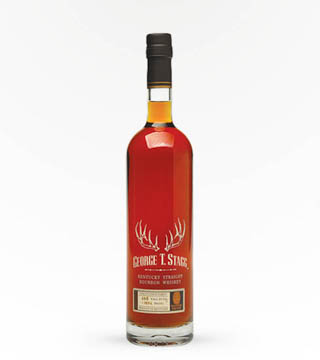 George T. Stagg Kentucky Straight Bourbon 750ml
George T. Stagg Kentucky Straight Bourbon 750ml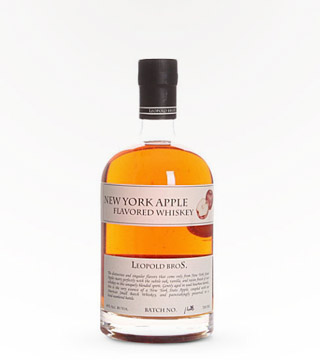 Leopold Bros Apple Whiskey Blended Bourbon 750ml
Leopold Bros Apple Whiskey Blended Bourbon 750ml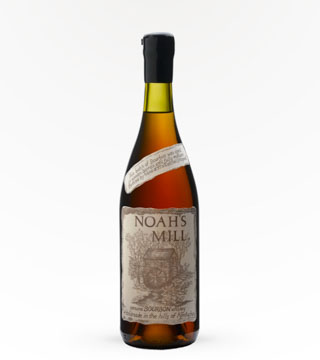 Noah Mills Bourbon 750ml
Noah Mills Bourbon 750ml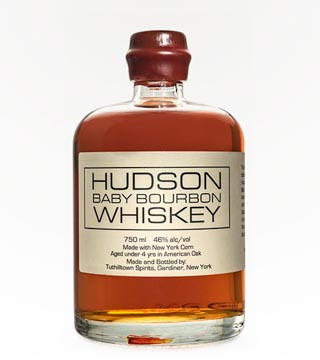 Hudson Bay Bourbon 750ml
Hudson Bay Bourbon 750ml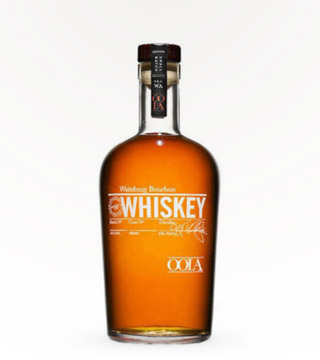 Oola Waitsburg Bourbon 750ml
Oola Waitsburg Bourbon 750ml Old Forester Straight Bourbon 750ml
Old Forester Straight Bourbon 750ml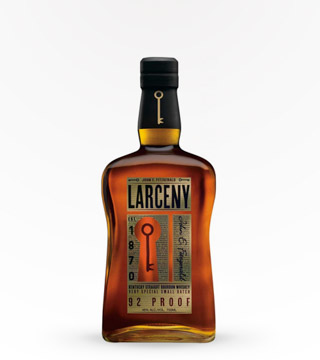 Larceny Small Batch Bourbon 750ml
Larceny Small Batch Bourbon 750ml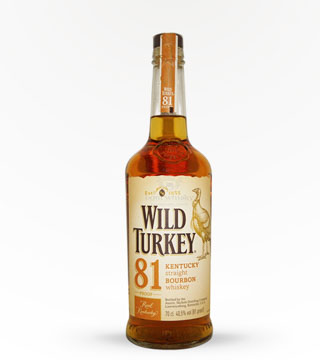 Wild Turkey 81 Kentucky Straight Bourbon 750ml
Wild Turkey 81 Kentucky Straight Bourbon 750ml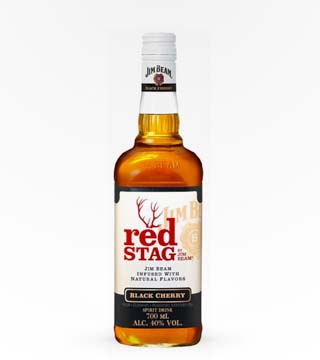 Jim Beam Red Stag Black Cherry Bourbon 750ml
Jim Beam Red Stag Black Cherry Bourbon 750ml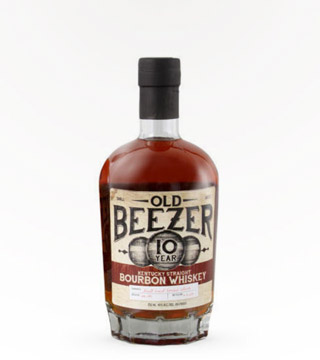 Old Beezer 10 Year Small Batch Bourbon 750ml
Old Beezer 10 Year Small Batch Bourbon 750ml